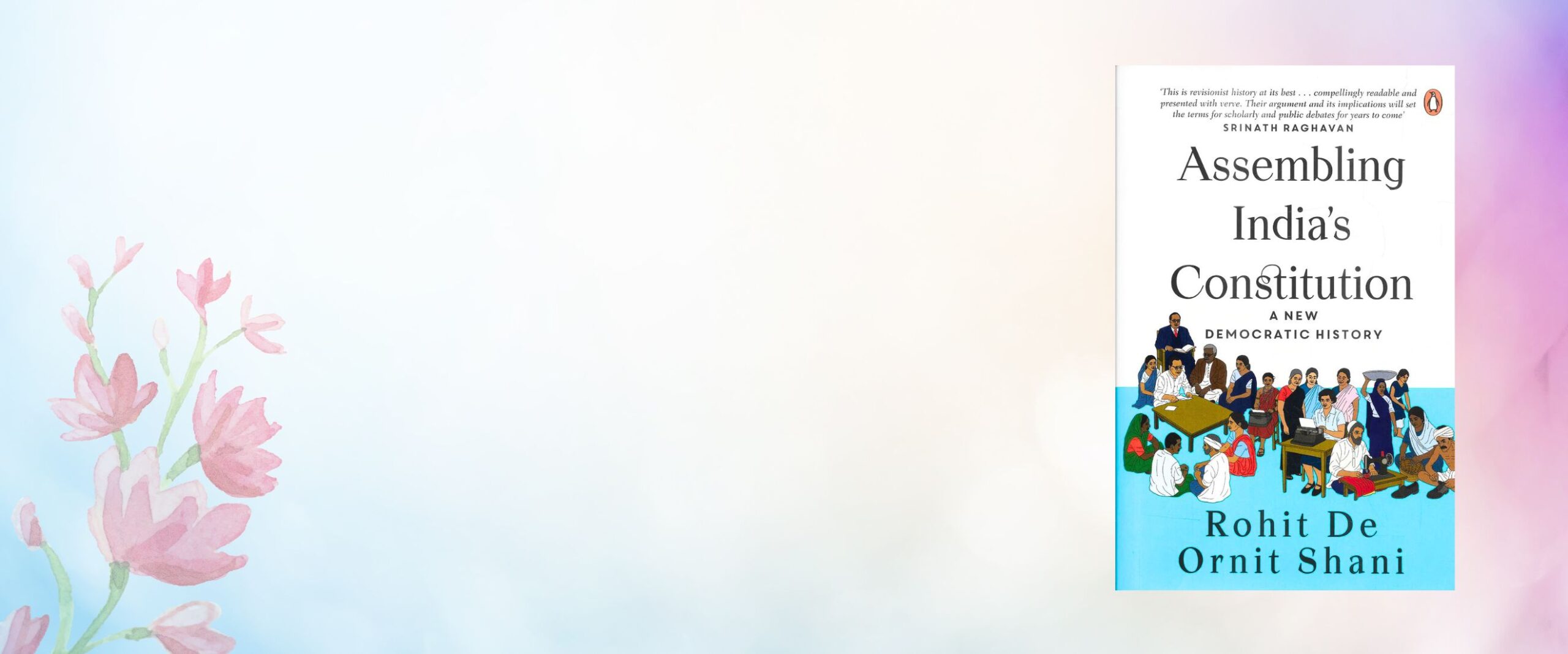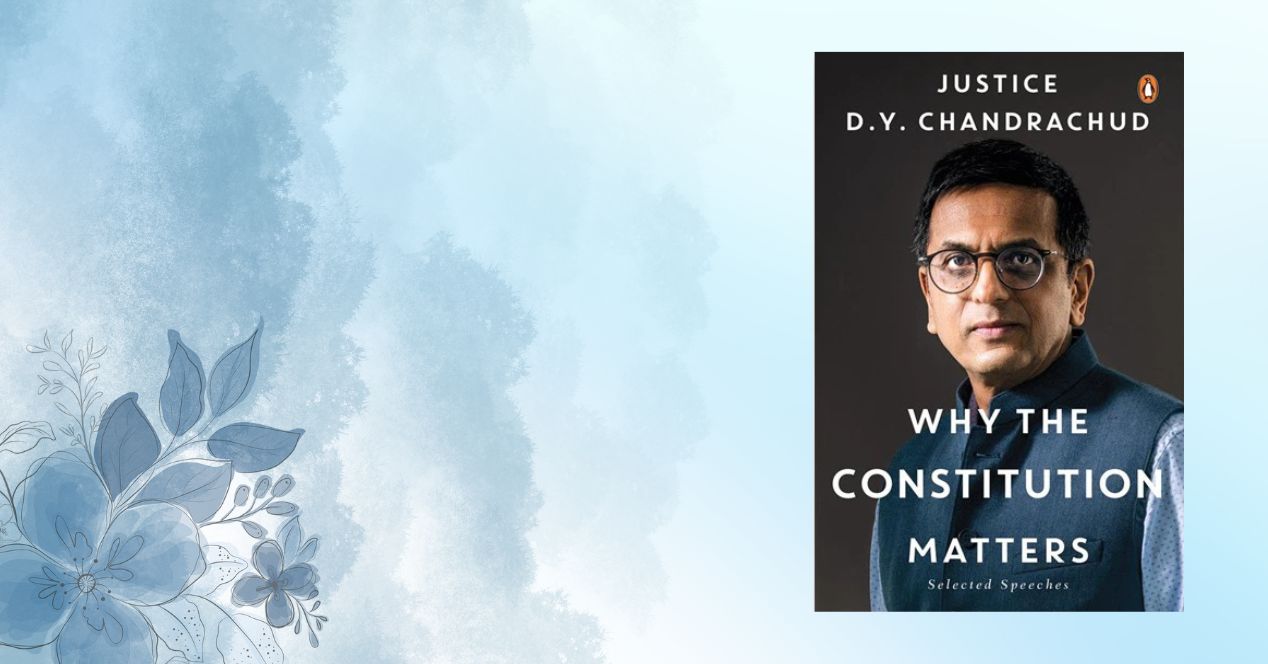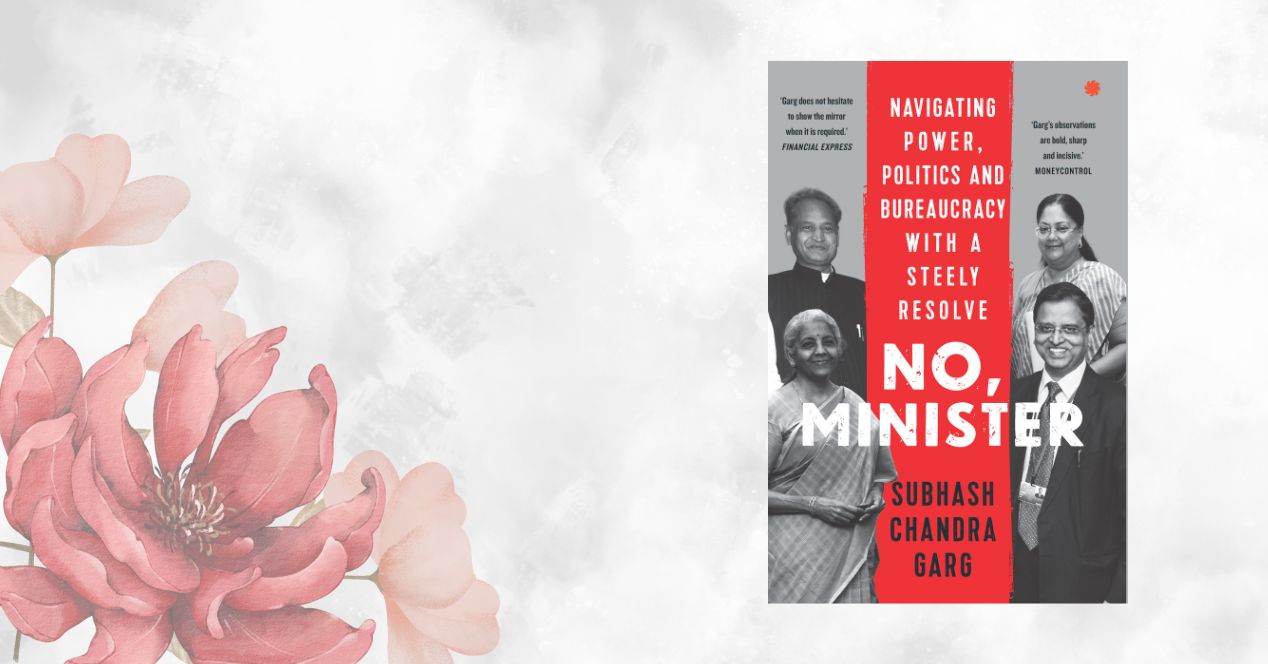Analysis
How India’s judiciary tried to shape its own independence
Tensions between the Judiciary and the Executive over appointments were brewing even as the Constitution was being drafted

In June 1948, Sir Harilal Kania, Chief Justice of the Federal Court of India, delivered a widely circulated public address while presiding over the inauguration of the Guwahati High Court in the province of Assam. The speech was highly unusual. First, it marked the beginning of the practice where the chief justice of an appellate court in Delhi inaugurated High Courts in other parts of India, signalling its superior status. The judges of the High Courts across India had resented and actively contested the Federal Court’s authority since its creation only a decade earlier. By early 1948, the language in the draft constitution made clear that the Federal Court would soon be elevated to a Supreme Court, exercising wide jurisdiction over all courts in India. Its chief justice would be the face of judicial leadership.
Secondly, Chief Justice Kania’s speech broke a tradition of judicial reticence. His speech critiqued the new nationalist governments, making a case for judicial independence that aligned the goals of the judiciary with that of the Gandhi-led national movement. The colonial judiciary, which Justice Kania had been a member of since 1930, had rarely advocated for itself or criticized the government in public speech, outside of written judgements.
Finally, and perhaps most strikingly, Chief Justice Kania addressed his expectations and apprehensions about the future constitution of India. He was particularly concerned about certain provisions in the new constitution that put judicial appointments in the hands of the party in power. Noting with dismay the growing tendency to ‘communalize judicial appointments’, he urged that judges be appointed on ‘merit’ and experience by other members of the judiciary. Since the High Court was responsible for the administration of justice in the ‘public eye’, it needed to be the controlling voice in the selection of judges.
The Indian judiciary has been seen largely as a creation of the constitution rather than a body actively engaged in the process of constitution making. Read in isolation, the Constituent Assembly debates suggest that the Constituent Assembly simply accepted the recommendations made by the Ad Hoc Committee on the Supreme Court, and that was that. However, Chief Justice Kania’s speech was but one of several public and private initiatives by the Indian judiciary to shape the constitution from outside the Constituent Assembly while it was being written. Indeed, new archival materials show that the experience of working with the postcolonial governments provoked almost all sitting judges, whether in the High Courts or the Federal Court, to actively push for changes in the draft constitution. They considered the anticipated effects of the proposed constitution on both the citizenry and on the judiciary, and sought to ensure an autonomous judiciary in the future.
Part of what made Chief Justice Kania’s speech so remarkable was the shift it represented in the judiciary’s view of the process. In June 1946, the Cabinet Mission had recommended that the Constituent Assembly consult the Federal Court on matters of constitutional importance. The chief justice of the Federal Court of India expressed ‘considerable doubt’ on the appropriateness of such a consultation, noting that the Federal Court was a statutory body with limited powers. It would not participate unless its recommendations were binding upon the Constituent Assembly, as to do otherwise would be ‘useless and derogatory to the prestige of the Court’. Ultimately, the 1948 draft constitution had been prepared with little or no input from judges.
By 1948, however, the judges – especially the High Court judges – had become acutely conscious of the potential changes to their authority and legitimacy. Upon reading instalments of the draft constitution published in newspapers in February 1948, Chief Justice Ram Lall of the East Punjab High Court wrote directly to Jawaharlal Nehru, noting with concern that there were ‘glaring defects which had the potential of incalculable mischief’. Nehru forwarded Chief Justice Lall’s concerns to the Constituent Assembly Secretariat on 1 March 1948. On the very next day, perhaps anticipating a flood of outraged correspondence, the Secretariat officially invited all High Court judges to submit their comments on the draft constitution. Close to a hundred High Court judges offered individual feedback, while each High Court additionally offered a collective statement. The comments ranged from terse paragraphs on specific provisions, to line-by-line commentary taking issue with ‘clerical errors’, and defective wording to extensive memorandums offering radically distinct imaginations of the constitution.
Chief Justice B. Malik of the Allahabad High Court offered the most expansive memorandum, emphasising ways in which the postcolonial constitution needed to make a break from the past. His highest priority was to restrict Special Tribunals, which were not bound by the procedural safeguards and rules of evidence that governed ordinary courts. Chief Justice Malik quoted Article 70 of the Irish Free State Constitution, which provided that ‘no one shall be tried save in due course of law and extraordinary courts shall not be established’. He argued that the constitution should limit ‘extraordinary courts’ to only the duration of a presidentially proclaimed emergency. In addition, he criticised the ongoing practice of special legislation and ordinances that allowed for arrest or detention without trial, a continuation of colonial practices. He demanded that the constitution should guarantee all accused the right to counsel. His colleague, Justice P. N. Sapru, drafted a memo that imagined a new judicial architecture with a single Supreme Court, divided into a Court of Appeal and a High Court which could sit in benches across India. The provincial High Courts would be abolished, with the Indian higher judiciary transformed into a single unified body supported by revenues from the Union government. Justice Sapru urged that the scheme would provide a unified system of law and justice, avoid conflicts of law, protect the judicial administration from ‘provincial influences’ and evolve a uniform civil code.
Through caustic commentary, the judges offered an expansive vision of judicial autonomy, uncompromised by the power of a popularly elected executive. Justice Sheode of the Nagpur High Court elaborated this distinction lyrically, noting that the executive in a democratic state was bound to be a fluctuating body – ‘like the clouds it may come and go’ – and therefore should not be allowed to exert its influence over the judiciary by arrogating the power to control it. His colleague on the Nagpur High Court, Justice Pollock, expressed a fear that there was ‘little enthusiasm’ for a strong and independent judiciary in political circles in India.
The collective memorandum reflected an awareness of the changing needs of the Indian public in a ‘democratic government’, where the independence and integrity of the judiciary would be of the highest importance to citizens who sought redress against ‘illegal acts and high-handed power of the executive’. The judges presented themselves as a body that had until now played an independent role in protecting the rights of the individual citizens, and they expressed concern that the new constitution would limit their ability to continue to do so. They were particularly incensed about how the process of judicial appointments had changed since independence. Under the Government of India Act of 1935, the elected premiers of provinces had no say in judicial appointments. Judges were appointed by the Secretary of State for India. On the eve of independence, however, the Home Ministry issued a memorandum that required the provincial Chief Minister, the provincial Home Minister, and the Union Home Minister to be involved in the selection of judges. Already, politicians were asking to nominate judges who were expected to be cooperative with the government, or alternatively, used the judiciary as a dumping ground for inconvenient politicians. The Chief Justices were aghast at being reduced to corresponding with junior bureaucrats on appointments and felt that they were being treated as a minor governmental department. Thus, they unanimously recommended that the draft constitution be amended to allow the chief justice of a high court to directly send judicial recommendations to the president, who would appoint the judge in concurrence with the chief justice of India. This would allow the High Court to avoid having to justify their recommendations to the provincial governments and shield them from local party and political considerations, giving the judiciary the final say about its own composition.
The Constituent Assembly had received thousands of critiques of its drafts, but a memorandum unanimously endorsed by the entire judicial establishment had to be given serious consideration. The judges’ memorandum was circulated across the Home Ministry, the Law Ministry and the Constitutional Adviser’s office, and the consolidated comments were discussed in four cabinet meetings. The Home Minister, Sardar Patel, rejected the judges’ critique of judicial appointments, stating that it was not based on facts and that the new procedure was better in screening out ‘favouritism and communal considerations’. Patel asserted that, by allowing for conversations between the political class and the judiciary, the new procedure eliminated the possibility of conflict and ‘bad blood’ between the executive and the judiciary. He particularly opposed granting the chief justice a veto power on appointments. Patel’s comments gave ample evidence of the mistrust between the two branches, as he attacked the judiciary for the ‘fundamental misconception [that] they seem to think that they alone are the custodians of what is right, what is just’. Unsurprisingly, the one suggestion that Patel was in ‘entire sympathy’ with was the recommendations that salaries, pensions, leave, and so forth ought to be regulated by the central government. While the Constituent Assembly had emphasised centralised authority, shaping provisions for emergency powers, taxes, planning and federalism, it was the judges who pushed for the centralisation of the judiciary.
This is an excerpt from “Assembling India’s Constitution” authored by Rohit De and Ornit Shani, published by Penguin Random House.




